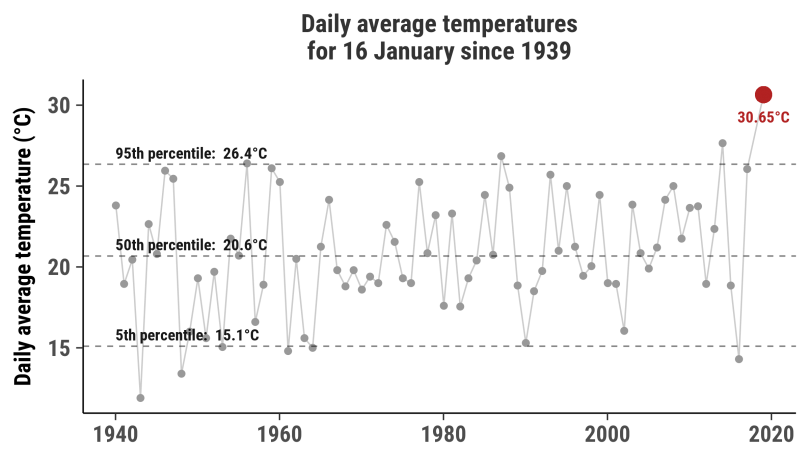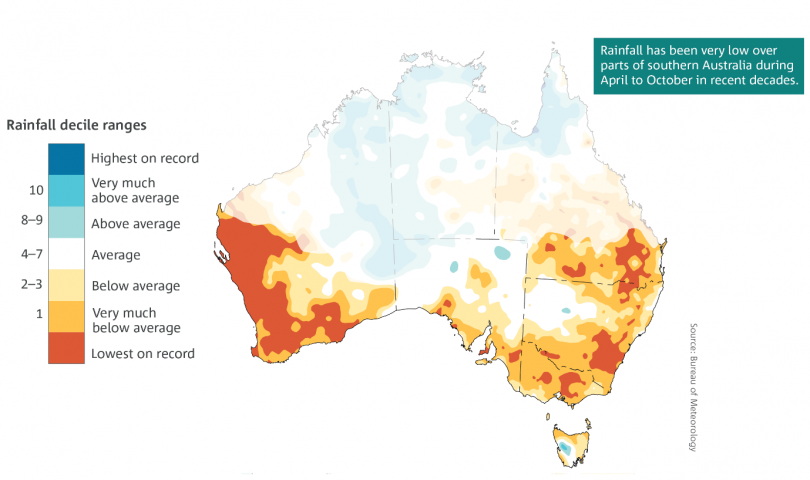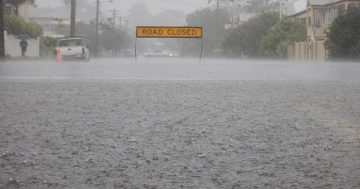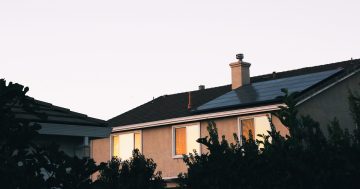
It’s time to turn up the heat on our federal politicians.
There is no denying it – its been hot. Canberra and the surrounding region joined many other Australian cities in sweltering through record-breaking temperatures. Throughout this month, we saw an unprecedented run of 40-degree-plus temperatures, and temperature ranges well above the norm.
This put our health, our utilities, and other services under great stress. It also echoes what many scientists have been trying to drive home ad nauseam and what a growing number of community members are now subscribing to: we have a climate crisis on our hands. And all the while, our current federal government bickers about whether or not climate change even exists and donations from the fossil fuel industry pour into the major political parties.
The latest State of the Climate Report was released by CSIRO and the Bureau of Meteorology late last year. It mapped the shocking rate of change that is happening to our climate – locally and across Australia. It explores the local impact that other research such as those conducted by the International Panel on Climate Change has highlighted globally. While we are told that it is impossible to link a single extreme weather event with climate change, trends are a different story.

Data from the website: https://isithotrightnow.com/
The State of the Climate Report not only provides evidence to the reality of climate change, but also how quickly it is happening. While we probably should have expected it, the report makes for some shocking reading. It lays bare the reality that the climate is indeed changing, and rapidly at that.
We have long known that temperatures are rising. This report identifies that four of the last five hottest summers in Australia have been in the last five years. This report also maps changes over time and identifies an increase in more extreme heat events. This is particularly concerning with regard to human health. Extreme heat events put stress on all our health, but it is the sick, the young, the old and the poor that are most likely to be at high risk. It is startling to consider the World Health Organisation’s prediction that we are likely to see around 250,000 additional deaths each year between 2030 and 2050 due to climate change.

Australia’s surface temperature from 1910 (reproduced from the State of the Climate Report).
The fire emergency that Canberra faced in early November 2018 caught many by surprise, given it was so early in the summer. The report demonstrates that this is not a one-off. It shows Canberra is in the middle of a region that since the 1950s has seen an increase in high fire risk events. While it’s not as bad as our neighbours out west, it does suggest, however, that long bushfire seasons are a reality for our future. This has huge impacts, including less time to undertake bushfire risk mitigation strategies and even putting pressure on the current practice of international sharing of people and equipment.
Does it feel like it rains less? Guess what – it does. The ACT is part of a region that, between the April to October period, saw the lowest rainfalls on record. Thankfully between October and April, the pattern has remained fairly stable. Over this period, northern parts of Australia has seen higher-than-average rainfall.

Rainfall patterns between April and October (reproduced from the State of the Climate Report).
It is now very clear that with accelerating climate change, we are running out of time. Indeed, the International Panel on Climate Change suggested we only have 12 years to get our act together. 12 years. That is four federal elections. It is clear that we can’t waste another decade. We need to stop vested fossil fuel interests putting the climate in peril.
The ACT Government is making an effort to respond to climate change including ambitious renewable energy targets and emission reduction strategies. The impact of this local action is limited however without national and global action. And while much is out of our control, the impacts are already being felt.
We need action at the national level. I think that this next federal election must be one where action on climate change is central. We need to come together as a community to demand that whoever leads us is committed to real action.
Original Article published by Rebecca Vassarotti on the RiotACT.
















